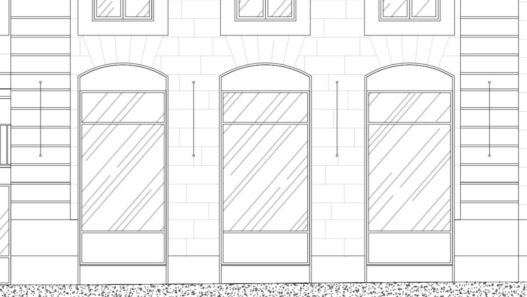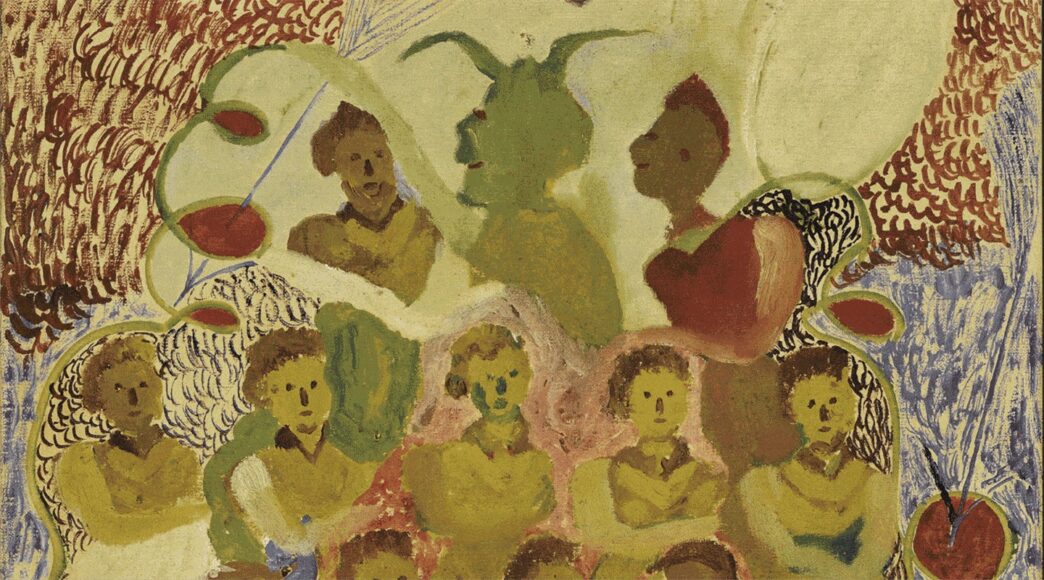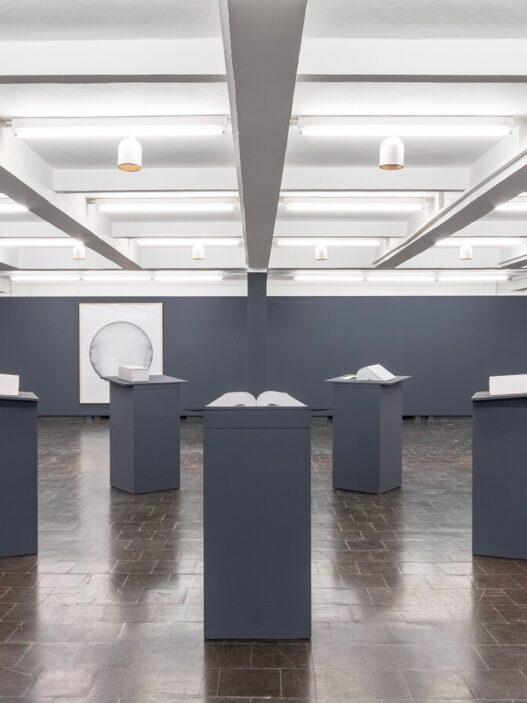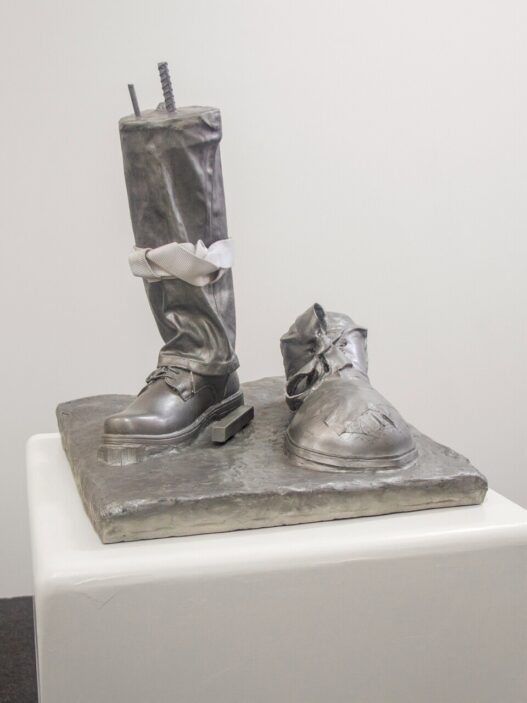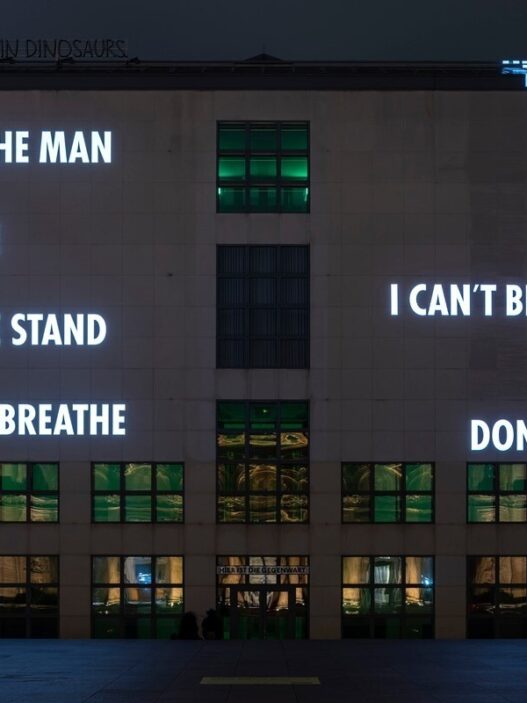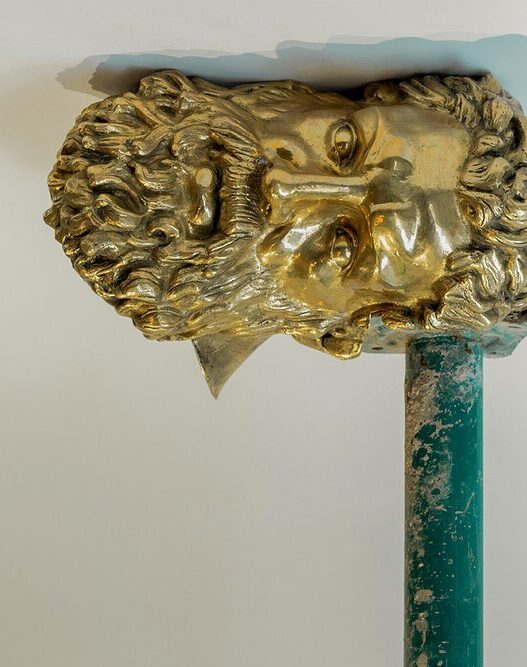Nise da Silveira’s Revolution through Affection can be seen from December 19, 2022 to March 26, 2023 at Sesc Belenzinho.
Nise da Silveira (1905-1999) was a physician who revolutionized psychiatric therapy in the 1940s, leaving an indelible mark on Brazilian science history.
She achieved unprecedented therapeutic results at the Pedro II National Psychiatric Center (in the district of Engenho de Dentro, Rio de Janeiro) based on the development of humanized techniques and a nonstigmatizing approach to mental health, which were later recognized as pioneering by the international scientific and medical community. The audience of So Paulo will be able to learn about and delve into her life and work in December 2022, thanks to the play Nise da Silveira: a revolução por afeto (Nise da Silveira: The Revolution through Affection), which honors and examines the psychiatrist’s legacy.
The exhibition includes items from various collections, including historical documents from the psychiatrist’s personal archive, the National Library of Brazil, and Brazilian and foreign libraries and universities, as well as artworks from the Museu de Imagens do Inconsciente, with a focus on the artists Adelina Gomes, Emygdio de Barros, Carlos Pertuis, and Fernando Diniz, as well as works from Museu Osório César, produced by artist who include Aurora Cursino dos Santos and Ubirajara Ferreira Braga .
Beyond these, there is also a group of works by contemporary artists, such as Lygia Clark and Carlos Vergara, who in part of their oeuvre dealt with the question of the unconscious and delirium. Other artists featured in the show are Alice Brill, Abraham Palatnik, Leon Hirzsman, Margaret de Castro, Rafael Bqueer, Rogério Reis, Tiago Sant’ana and Zé Carlos Garcia.
Estúdio M’Baraká curated the exhibition, with help from psychiatrist Dr. Vitor Pordeus and museologist Eurípedes Júnior, who cooperated to create an immersion along three primary axes: being a woman, being revolutionary; context, suffering, and affection; and Engenho de Dentro: unconsciousness and territory. Thus, the performance provides an experience that stresses the concept of freedom in Nise da Silveira’s treatments and in her own life, while simultaneously addressing the insanity vs normality debate that pervades psychiatric practice.
Nise da Silveira might be called a revolutionary in both her personal and professional life. Everything from her decision to forego motherhood in order to devote herself solely to science—in a time when women rarely did so—to her struggle for outpatient treatment of the mentally ill, as well as her introduction of artistic activities in the medical context and the founding of the Museu de Imagens do Inconsciente, are manifestations of her radicalism. She was born into an intellectual family in the city of Maceió, state of Alagoas, in Brazil’s Northeast, and got a humanist education with the presence of music and art as a youngster, which shaped her convictions and attitudes throughout her life. Da Silveira began medical school at the age of 16 in Salvador, Bahia, as the only female among 157 male classmates. She was an activist in the Brazilian Communist Party in the 1930s, but she was dismissed for Trotskyism. She was imprisoned in 1936 after being accused of possessing Marxist writings, which the Getlio Vargas government considered subversive, and spent one year and three months in Frei Caneca Prison. She lived clandestinely for a period after her release to prevent further incarceration. In 1944, da Silveira returned to the public service, this time at Hospital Pedro II in the Engenho de Dentro district of Rio de Janeiro’s suburban region, where she stood up to treatments such as electrical shocks, lobotomy, and solitary confinement, among others, and established the Occupational Therapy Ward, introducing artistic practice as a method of treatment.
It was based on workshops established by da Silveira in 1952, when he established the Museu de Imagens do Inconsciente in Rio de Janeiro, the world’s first museum of its sort, with a collection of images arising from the unconscious, developed during treatment operations. Workshops are still given for inpatients and outpatients alike, and the museum functions as a center for study and research in addition to preserving Nise da Silveira’s legacy. It is living proof that this thinker’s vision in the field of mental health extended far beyond the medical model—and that attachment may be truly revolutionary.
Sesc Belenzinho
R. Padre Adelino, 1000 – Belenzinho
São Paulo-
03303-000
Brazil




